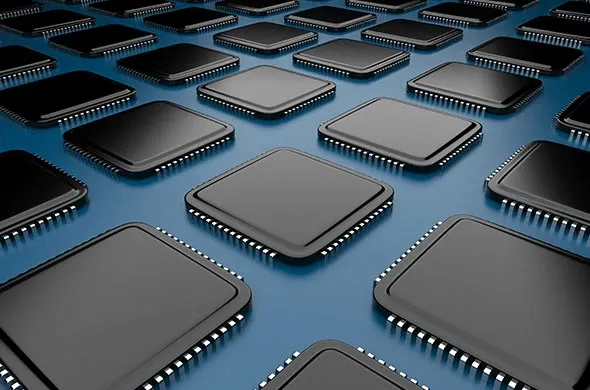Qualcomm Announces Snapdragon 8 Gen 5 Platform
Qualcomm added its latest smartphone platform to its premium-tier Snapdragon range.

Samsung demonstrated the world’s first in-memory computing based on MRAM (Magnetoresistive Random Access Memory). The paper on this innovation was published online by Nature and is set to be published in the upcoming print edition of Nature.
The research was led by Samsung Advanced Institute of Technology (SAIT) in close collaboration with Samsung Electronics Foundry Business and Semiconductor R&D Center. The first author of the paper, Seungchul Jung, Staff Researcher at SAIT, and the co-corresponding authors Donhee Ham, Fellow of SAIT and Professor of Harvard University and Sang Joon Kim, Vice President of Technology at SAIT, spearheaded the research.
In the standard computer architecture, data is stored in memory chips and data computing is executed in separate processor chips. In contrast, in-memory computing is a new computing paradigm that seeks to perform both data storage and data computing in a memory network. Since this scheme can process a large amount of data stored within the memory network itself without having to move the data, and also because the data processing in the memory network is executed in a highly parallel manner, power consumption is substantially reduced. In-memory computing has thus emerged as one of the promising technologies to realize next-generation low-power AI semiconductor chips.
For this reason, research on in-memory computing has been intensely pursued worldwide. Non-volatile memories, in particular RRAM (Resistive Random Access Memory) and PRAM (Phase-change Random Access Memory), have been actively used for demonstrating in-memory computing. By contrast, it has so far been difficult to use MRAM ─ another type of non-volatile memory ─ for in-memory computing despite MRAM’s merits such as operation speed, endurance, and large-scale production. This difficulty stems from the low resistance of MRAM, due to which MRAM cannot enjoy the power reduction advantage when used in the standard in-memory computing architecture.
The Samsung Electronics researchers have provided a solution to this issue by an architectural innovation. Concretely, they succeeded in developing an MRAM array chip that demonstrates in-memory computing, by replacing the standard, ‘current-sum’ in-memory computing architecture with a new, ‘resistance sum’ in-memory computing architecture, which addresses the problem of small resistances of individual MRAM devices. Samsung’s research team subsequently tested the performance of this MRAM in-memory computing chip by running it to perform AI computing. The chip achieved an accuracy of 98% in the classification of hand-written digits and a 93% accuracy in detecting faces from scenes.